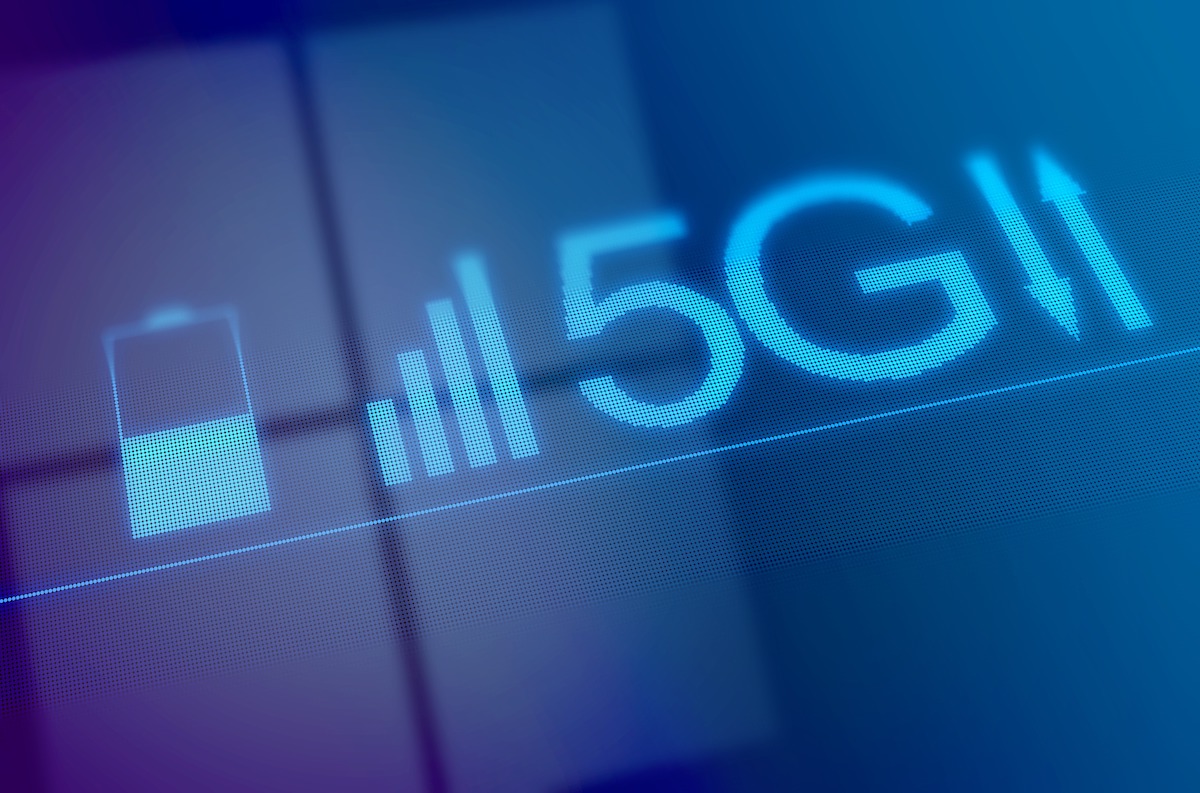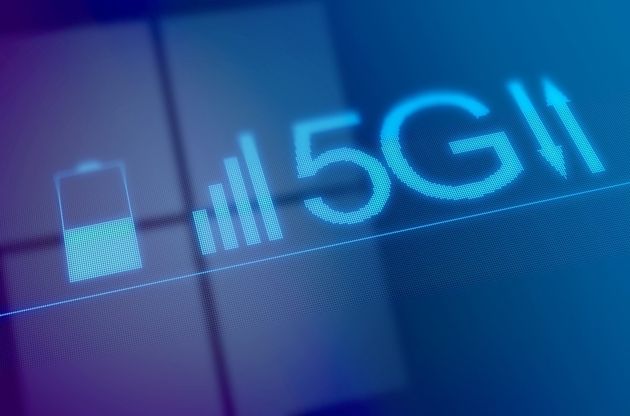5G: the experiments on the 3.8-4.0 GHz band still extended by one year


Arcep is once again extending the 5G experimentation window in the 3.8 – 4.0 GHz band for companies wishing to experiment with new use cases. The extension runs until December 31, 2024 “to allow other experiments and, if necessary, extend the ongoing experiments” notes the Authority, which specifies “to note a still sustained demand for experimenting with use cases”.
In March 2022, Arcep opened this experimentation window whose objective is to allow organizations to appropriate 5G from both a technological and regulatory point of view.
Since March 2022, Arcep has issued 81 authorizations to the Authority, which “draws a positive assessment from this window, and notes the diversity of the actors represented, covering various sectors of the economy (industry, energy, health or even events), and this in several regions of the territory”.
Numerous tests in the region
According to the map of experiments proposed by Arcep, Orange is testing in Charbonnières-les-Bains (69), not far from Lyon, new equipment of the core network type, antenna system and 5G terminals. On the Digital Region Campus, the operator’s 5G Lab supports start-ups, SMEs and industrial mid-sized companies in the appropriation of new mobile services requiring very low latency, local data processing (edge computing) or guaranteed quality of service for the most critical application cases (network slicing).
In Balma, near Toulouse, another Orange 5G Lab is preparing, with its partners, for the arrival of connected and autonomous vehicles. The objective is just as much to detect moving “objects”, such as pedestrians or bicycles, as to orchestrate traffic.
In Palaiseau, in Essonne, the CEA aims, with its PI5G project, to accelerate the development of products and services combining augmented reality technologies and 5G for Industry 4.0. Three types of use cases have been identified: 3D telepresence, immersive telerobotics and immersive simulation. Still in Paris-Saclay, EDF is also studying the possible synergies between 5G and augmented reality, but for its own needs.
The East of France concentrates experiments related to health. In Saint-Martin-d’Hères, near Grenoble, the Franco-German 5G Forum project must highlight the contributions of private 5G within operating theatres. The new standard must ensure the interoperability of medical devices and thus reduce the risks during surgical operations.
The Franco-German 5G tandem is also at work in the 5G-OR project led at the Strasbourg IHU. Here again, thanks to the coverage of a private 5G network, it is a question of creating a new generation of communicating operating theatre, robotized and data-driven, in order to conduct personalized and secure minimally invasive interventions.








